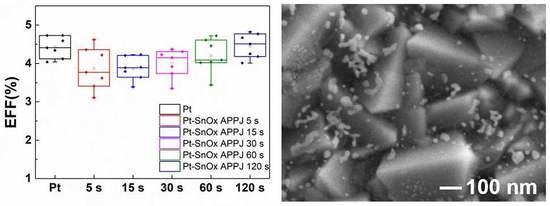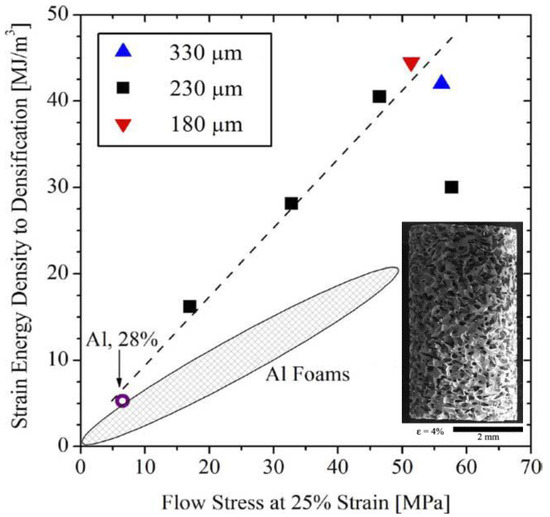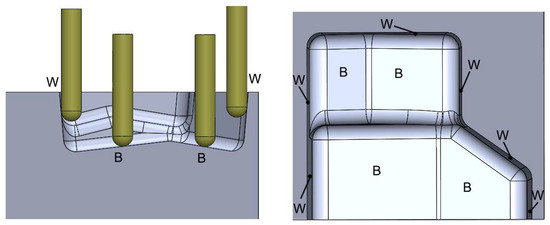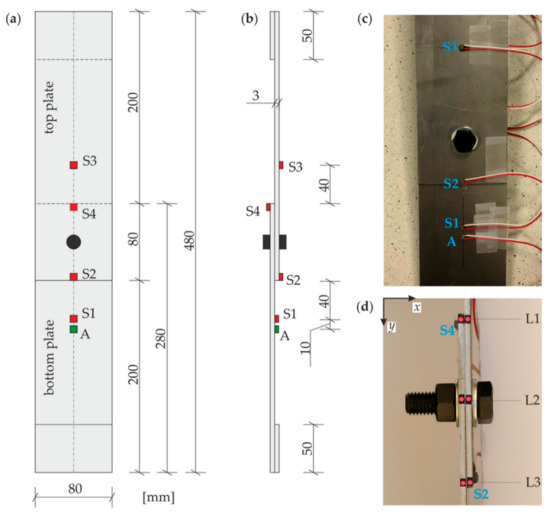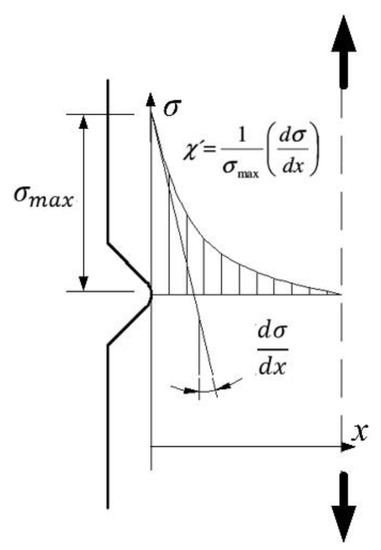Metals 2018, 8(9), 691; https://doi.org/10.3390/met8090691 - 3 Sep 2018
Cited by 15 | Viewed by 4539
Abstract
►
Show Figures
Inclusion removal and modification of C96V saw wire steel using Na2O- and Rb2O- containing novel low-basicity LF (ladle furnace) Refining Slags have been researched. The results indicated that the addition of Na2O deteriorates inclusion removal; by contrast,
[...] Read more.
Inclusion removal and modification of C96V saw wire steel using Na2O- and Rb2O- containing novel low-basicity LF (ladle furnace) Refining Slags have been researched. The results indicated that the addition of Na2O deteriorates inclusion removal; by contrast, the addition of Rb2O seems to significantly enhance inclusion removal. In detail, Rb2O can improve the cleanliness in the as-quenched C96V saw wire steel melts compared to preexisting synthetic LF refining slag compositions: (i) The average inclusion diameter experienced a remarkable decrease after reaction between the liquid steel and the synthetic LF refining slag; (ii) In addition, the number of inclusions also suffered from a dramatic decrease, with the reaction time increasing from 900 to 2700 s (15 to 45 min); (iii) Furthermore, both of the MnO-SiO2-Al2O3 and CaO-SiO2-Al2O3 inclusion system mainly concentrated in the low melting zone when the composition of Rb2O in synthetic refining slag was ≥5.0 wt%. This is mainly because Na2O significantly reduces the viscosity of refining slag, while Rb2O increases it. Then, there are two remarkable influences causing the increase of viscosity of refining slag with the addition of Rb2O: the inclusions can be sufficiently entrained within the slag once absorbed due to the significant increase in the viscosity; and the slag entrapment during refining process weakened dramatically.
Full article

